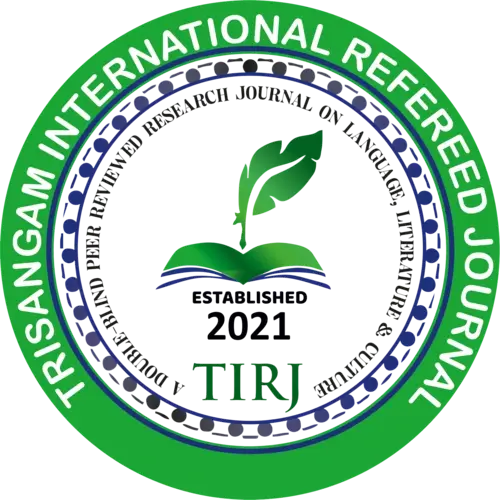Published Paper Details:
Communal Riots, Partition and the Refugee influx into West Bengal
PRANABESH TALUKDAR
Riots, Refugee, Partition, Migration, Killing, Minority.
The unprecedentedly violent communal riots that broke out in Bengal in August 1946 spread to other Indian Provinces, and the spate continued for about a year. The bloodshed that Calcutta witnessed during the few days of August 1946 has been infamously recorded in the memory and history of the city as the great Calcutta killing. The incidents of the Noakhali riots in East Bengal, on the other hand, were nothing short of a horror. A killing spree accompanied by plunder and abduction occurred across an area of about 200 square miles in Noakhali, and it led to an extremely panicked atmosphere in the district. The pattern of communal violence was similar everywhere in East Bengal, starting from Noakhali, Tipperah and Comilla to Dhaka and Chittagong – looting, forced conversion, abduction of women, killing characterised the violence everywhere. Consequently the anarchy and panic that ensued in East Bengal compelled many flabbergasted families to abandon their homes. Thus, the migration of refugees from East Bengal ensued even before independence and partition. And the relief camps for refugees were also setup during this period and continued to function well after partition. The problem of refugee influx and rehabilitation haunted India for several decades after partition. When communal riots once again broke out in Dhaka, Barisal and a few other districts in East Pakistan from 10 February 1950, a large number of Hindus from East Pakistan crossed the border to enter west Bengal. As contemporary records suggest, Hindus were the ones who suffered damage and deaths in this spate of riots. During the period between partition and mid-October 1948, a large number of refugees migrated to west Bengal. The next two large waves of migration occurred in the winter of 1950 and in the spring of 1952. According to an estimate done by the West Bengal government, about 250, 00, 00 displaced refugees migrated to West Bengal in early 1953. In 1962, after the massacre of minorities in Rajshahi and Pabna in East Pakistan, another 55,000 people got themselves officially registered to migrate to West Bengal. Another large-scale influx of refugees into West Bengal occurred in 1971. Although about 75, 00, 000 refugees migrated to West Bengal during this time, must of them went back to their native land in East Pakistan that eventually became Bangladesh.
Journal : TRISANGAM INTERNATIONAL REFEREED JOURNAL
Paper ID : tirj/January23/article-27
Page No : 245-252
Published In :Volume 3, Issue 1
DOI (Digital Object Identifier) :
E ISSN : 2583-0848


 .
.